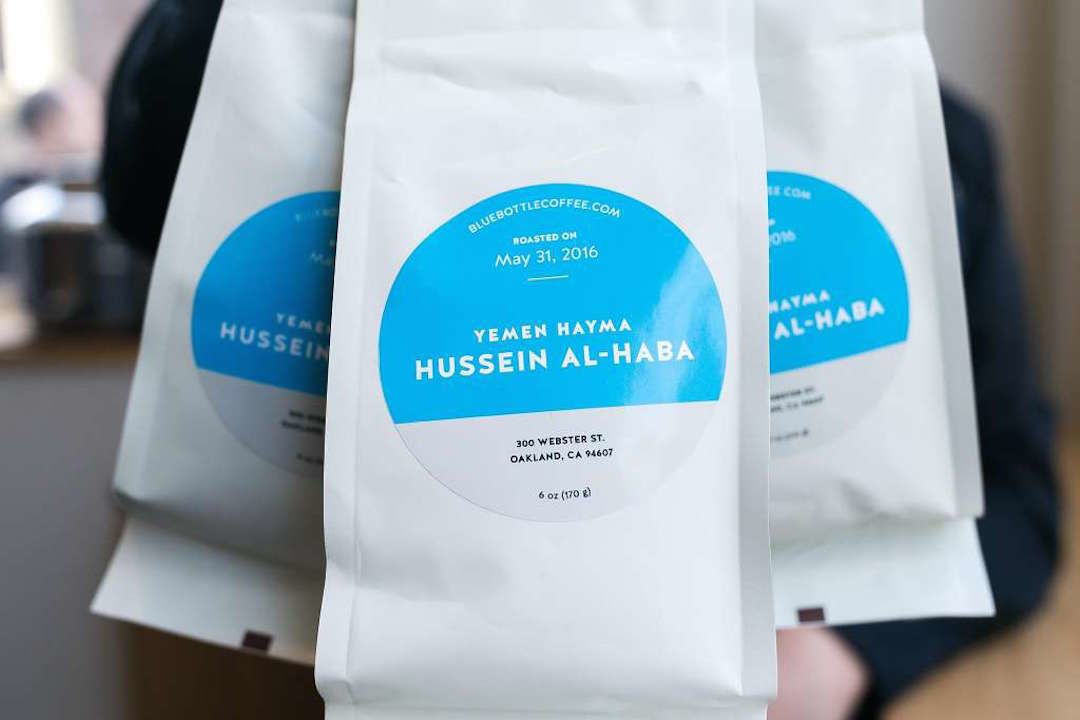Description of varieties and Flavor in Information producing area of Aldu Mara Coffee Bean planting History Manor

For professional baristas, please follow the coffee workshop (Wechat official account cafe_style)
Altitude: 900-1700m
Harvest: December-March
Variety: bourbon, Typica,Caturra Maragogype
Mellow Mexican coffee
Flavor and taste characteristics: soft aroma, mellow and comfortable, with wine aroma.
Mexico has a long history of producing coffee and is currently one of the most important coffee producing countries in the world. The coffee produced in Mexico is naturally called "Mexican coffee".
About 5 ℃ of Mexico's national area are plateaus and mountains, and the annual average temperature is 25 Muth27. The Mexican plateau has a mild climate all the year round, with mostly plateau topography, no severe cold in winter, no heat in summer, and evergreen trees in four seasons, so it enjoys the laudatory name of "Pearl of the Plateau". Due to geographical and climatic reasons, the coffee growing area in Mexico is close to Guatemala, and the main producing areas are Cora Begu and Aluca states. Most of the products are washed beans produced in the highlands, with a good aromatic and sour taste.
Mexico: Aldura Coffee
?? Flavor and taste characteristics: soft aroma, mellow and comfortable, with wine aroma.
?? The average annual temperature in Mexico is 25-27.
?? Mexican coffee growing area is close to Guatemala, the main producing areas are Cora Begu, O'Aluca states, most of the products are washed beans produced in the highlands, with a good aromatic and sour taste.
The selection of Mexican coffee is generally carried out manually.
The main basis for selection is according to the fullness of coffee particles, whether it is uniform, and then grade it.
Generally speaking, coffee with full and uniform grains is easier to preserve, and the coffee beans with the fullest and most uniform grains can be roasted to produce the best quality coffee.
After the workers have picked the coffee beans, they put the coffee beans in a special house with ventilation on all sides. About a week (seven days) later, the coffee beans are packed in loosely packed bags so that the wind can blow through the bags.
After about seven weeks (21 days), the coffee beans changed color and taste. These coffee beans are selected manually, and the coffee beans of high quality are selected and officially bagged for preservation.
Aldura coffee beans are the top coffee beans in Mexico. This coffee beans have large granules and have strong sweet, sour and good aroma.
Mexicans are optimistic and enthusiastic, and it can also be seen from their coffee that the mellow Mexican coffee is not only loved by the native people, but also praised by many coffee connoisseurs. There are many ways to taste Mexican coffee, mainly divided into alcoholic and non-alcoholic practices.
Non-alcoholic Mexican coffee often goes with milk. Heat a cup of milk, a teaspoon of cinnamon powder and a teaspoon of vanilla powder in a pot at medium temperature, not too hot, and do not boil the milk. Then add the cocoa powder, fully dissolve and stir well. If you like chocolate, you can use chocolate paste instead of cocoa powder and milk. Let the milk dry for about 5 minutes, wait until the milk is slightly cool, then pour into the prepared coffee, decorate the coffee surface with cold cream, then decorate with a piece of cinnamon, and the Mexican coffee is ready. The aromas of chocolate and cinnamon blend together to give off the smell of desert. Tasting such a cup of coffee, you seem to be walking through the desert full of barn feeling.
Another way to mix Mexico's most famous tequila with coffee is to pour a small glass of tequila at the bottom of the cup, followed by milk and coffee, preferably decorated with cream and cinnamon. Tequila is a wine with great stamina. If you have enough courage, you might as well try this alternative coffee.
Indeed, after drinking Mexican coffee, it really has the effect of forgetting worries and getting rid of troubles. Mexican coffee has a strong low taste, rich aroma, although slightly bitter but very mellow, has a unique and strong flavor, is a wonderful product of afternoon tea, should be carefully tasted. It is also the best choice for mixing other coffees and the first sip of coffee that beginners should taste. To taste Mexican coffee, it is best to drink it while it is hot (about 75 °C). After an hour of hot coffee, all the aroma will be gone. If the coffee liquid is not filtered, be careful not to stir it into the coffee grounds, just like a slowly aged wine, not only to taste it, but also to appreciate its color.
Maxico Mexico
Population: 118395000
Coffee also grows outside the key producing areas listed below, and your trusted bean bakers or retailers should not be ignored. Of course, production in other regions is very small compared to production in major areas.
HIAPAS
The producing area of Chiapas borders Guatemala. The Sierra Madre Mountains provide the altitude necessary for high-quality coffee production as well as beneficial volcanic soil.
Altitude: 1000-1750m
Harvest: November-March
Variety: bourbon, Typica,Caturra
OAXACA
Most farmers in the OAXACA producing area own less than 2 hectares (4.4 acres) of land in the area and have several large cooperatives. There are also some larger estates, although some have developed diversified tourism.
Important Notice :
前街咖啡 FrontStreet Coffee has moved to new addredd:
FrontStreet Coffee Address: 315,Donghua East Road,GuangZhou
Tel:020 38364473
- Prev

Aldumara Coffee Bean planting History and Flavor description of producing area Distribution varieties
The exchange of professional baristas please pay attention to the coffee workshop (Wechat official account cafe_style) Mexicans are optimistic and enthusiastic. It can also be seen from their coffee that the mellow Mexican coffee is not only loved by the country, but also praised by many coffee connoisseurs. There are many ways to taste Mexican coffee, mainly divided into alcoholic and non-alcoholic
- Next

Description of Distribution and Flavor in planting Information production area of Santo Domingo Coffee Bean
Professional barista exchanges please follow the coffee workshop (Wechat official account cafe_style) selected Green Mountain, obvious sweet, changeable flavor, sour and sweet, good aroma and long-lasting aftertaste, very recommended! Country of origin: Dominica: Constanza Manor: green Mountain, Montana Verde varieties: Typica main harvest time: November 2010 treatment: water
Related
- Detailed explanation of Jadeite planting Land in Panamanian Jadeite Manor introduction to the grading system of Jadeite competitive bidding, Red bid, Green bid and Rose Summer
- Story of Coffee planting in Brenka region of Costa Rica Stonehenge Manor anaerobic heavy honey treatment of flavor mouth
- What's on the barrel of Blue Mountain Coffee beans?
- Can American coffee also pull flowers? How to use hot American style to pull out a good-looking pattern?
- Can you make a cold extract with coffee beans? What is the right proportion for cold-extracted coffee formula?
- Indonesian PWN Gold Mandrine Coffee Origin Features Flavor How to Chong? Mandolin coffee is American.
- A brief introduction to the flavor characteristics of Brazilian yellow bourbon coffee beans
- What is the effect of different water quality on the flavor of cold-extracted coffee? What kind of water is best for brewing coffee?
- Why do you think of Rose Summer whenever you mention Panamanian coffee?
- Introduction to the characteristics of authentic blue mountain coffee bean producing areas? What is the CIB Coffee Authority in Jamaica?

